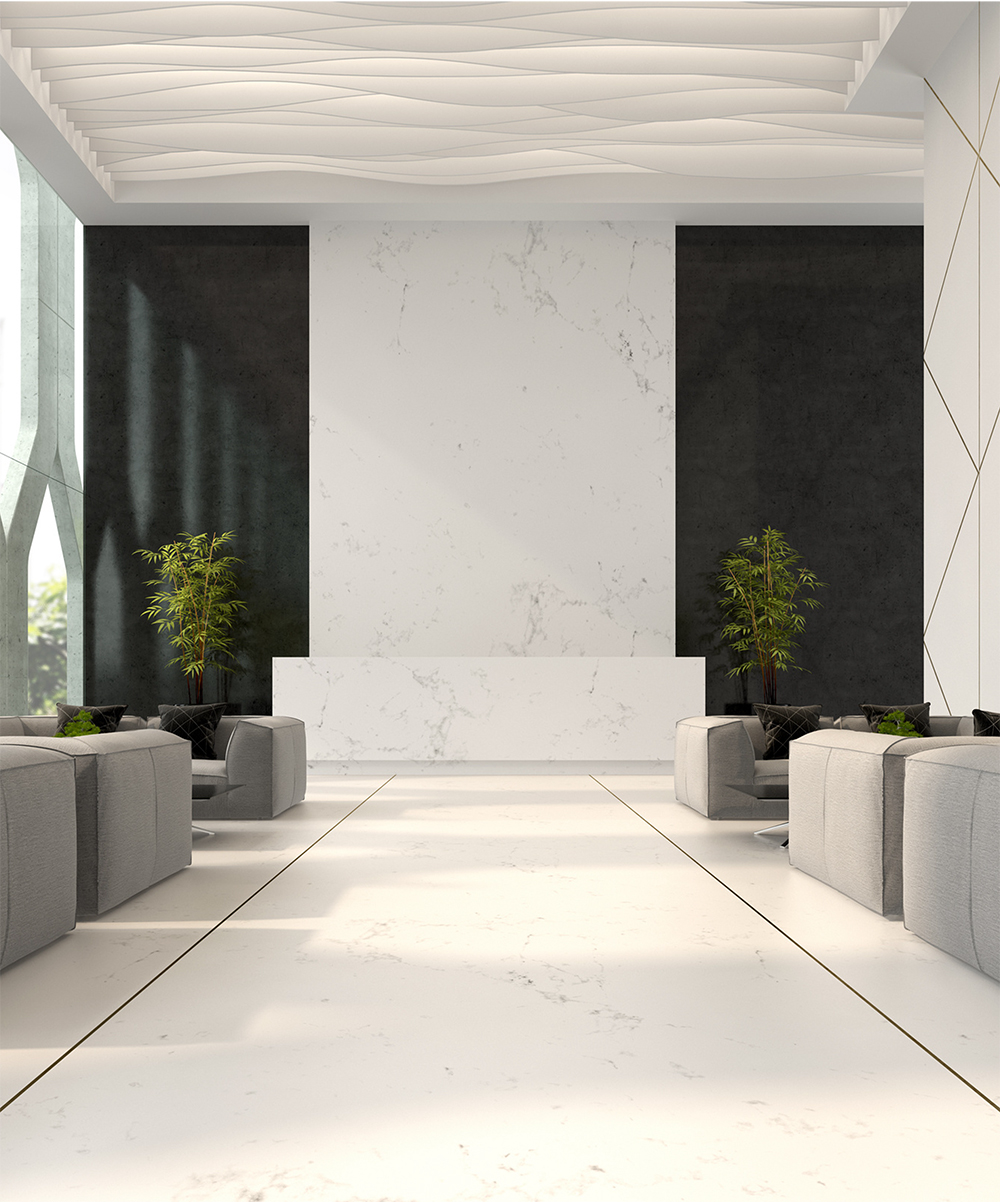When you walk into a space that feels perfect—where every detail contributes to your comfort and leaves a lasting impression—chances are, scent is playing a quiet but powerful role. The art and science of scent design have evolved to become an integral part of architecture, shaping how we experience the spaces around us. A growing number of architects are working closely with scent designers right from the start of a project, ensuring the seamless integration of fragrance into buildings. The results can be transformative, blending design and technology to create spaces that don’t just look good but also feel right.
Why collaboration matters
Collaboration between scent designers and architects begins with understanding the purpose of a space. Is it a luxury hotel lobby meant to calm and impress? A retail store designed to invigorate and encourage spending? A wellness center intended to relax and restore? Each space tells a story, and scent has the power to reinforce that narrative.
By joining forces early in the process, architects and scent designers ensure that fragrances are not just an afterthought but a core part of the design [1]. This approach allows them to address practical considerations like the type of diffuser needed, the placement of equipment, and the kind of fragrance that best matches the space.
For instance, a boutique hotel might incorporate scent diffusers into hidden design elements, such as air vents or decorative features, ensuring a subtle yet memorable experience for guests. In another example, a modern office might use a dynamic scenting system to shift the fragrance throughout the day—refreshing citrus in the morning, calming lavender in the afternoon.
Technical considerations
Creating a harmonious relationship between scent and architecture involves several technical considerations:
Airflow Considerations: Effective scent diffusion depends on the airflow dynamics within a space. By evaluating the way air moves through the environment, we can determine the most suitable appliance — whether it’s a tabletop unit, wall-mounted diffuser, or integration with an HVAC system — to ensure an even and consistent fragrance experience without overpowering hotspots.
Design Alignment: Just as an ornate space might call for rich, layered scents, a minimalist interior may benefit from clean, subtle fragrances. This alignment ensures that the scent enhances, rather than clashes with, the space’s aesthetic.
Innovations in scent design
The collaboration between scent designers and architects has also spurred exciting innovations. Smart scenting technologies, for example, allow fragrances to be controlled with the touch of a button, making it easy to adjust intensity or switch between scents for different events or times of day.
Dynamic scenting systems are another breakthrough. These systems adapt in real-time, changing scents based on the activity in a space. A gym, for instance, might use energizing mint during workouts and soothing chamomile for post-class relaxation.
Scent designers are also pushing boundaries with sustainable fragrance creation, leveraging natural and upcycled materials. The result is not only better for the planet but also more authentic and unique.
Looking to the future
As the collaboration between architects and scent designers grows, so do the possibilities. Multi-sensory branding is becoming a key trend, especially in industries like retail and hospitality. By combining visuals, sound, texture, and scent, brands can create immersive experiences that leave a deep, lasting impression on customers.
Artificial intelligence is also making waves, offering personalized fragrance experiences tailored to individual preferences. Imagine walking into a store and being greeted by a scent designed just for you—subtle, yet perfectly aligned with your taste.
Finally, the integration of scent into virtual and mixed-reality spaces offers a glimpse of the future [2]. As digital environments become more immersive, adding a scent layer could bring new dimensions to experiences like virtual shopping or online gaming.
A powerful partnership
When architects and scent designers come together, the result is greater than the sum of its parts. Thoughtful scent design enhances the way we perceive and interact with spaces, making them more inviting, memorable, and meaningful. From luxurious hotel lobbies to calming wellness retreats, the possibilities are endless when these two disciplines collaborate seamlessly.
As the science of scent continues to evolve, so too will our expectations for the spaces we inhabit. The partnership between architects and scent designers isn’t just about adding a pleasant fragrance—it’s about creating environments that speak to our senses, enriching our lives in ways we might never have imagined.
By: Lucie Goutagny, Executive Communication Writer for Prolitec
[1] https://theccd.org/article/breathing-new-life-into-architecture-the-power-of-scent/
[2] https://www.re-thinkingthefuture.com/technology-architecture/a12274-sensory-dynamics-in-experimental-architecture-engaging-human-perception-for-transformative-design-experiences/

